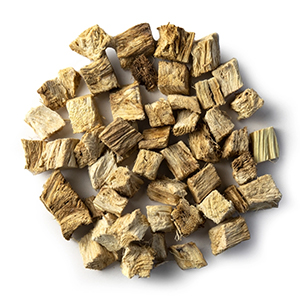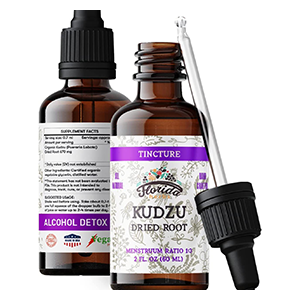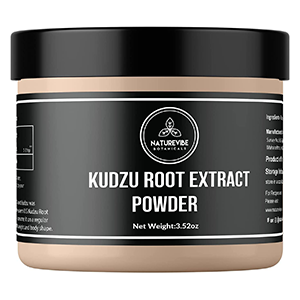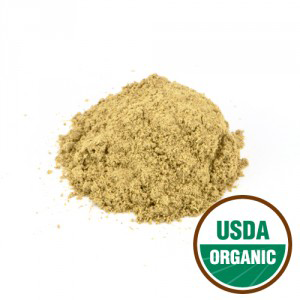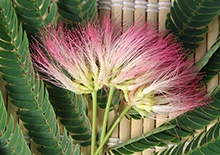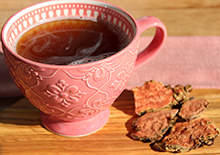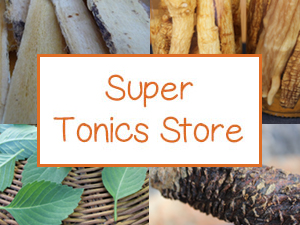- Home
- Chinese Herbs
- Kudzu Root
Kudzu Root, Benefits for Alcohol Addiction
Intro | Is Kudzu Arrowroot? | Benefits for Reducing Alcohol | How It Works | How to Take | Kudzu Arrowroot Vs Supplement | Precautions | Shop

Kudzu root (Pueraria lobata) comes from one of the fastest growing vines on the planet.
Introduced to control soil erosion, it is now considered an invasive legume species in many subtropical regions of the Southern United States.
Known to completely take over and kill other neighboring plants, it is especially aggressive along country roadsides or developed suburban locations.
One good thing that you can achieve by pulling up its roots, aside from stopping its growth, is to use it as an edible wild food. The starchy oblong root tuber beneath the ground has in fact been utilized as both a vegetable as well as a healthful herbal ally for many centuries.
Particularly in East Asia, kudzu (pronounced koo͝d′zoo) has a long history of use for such purposes. In traditional Chinese herbalism, the dried roots (called gé gēn) are used to make kudzu root tea or integrated into various botanical formulations.

It's also available in modern times as an herbal extract supplement to concentrate its beneficial compounds.
While there is a wide range of customary uses for kudzu, one of its most popular is for its supportive influence in reducing cravings for alcohol. We will discuss this shortly, but first, we'll address the commonly asked question "is kudzu arrowroot?"
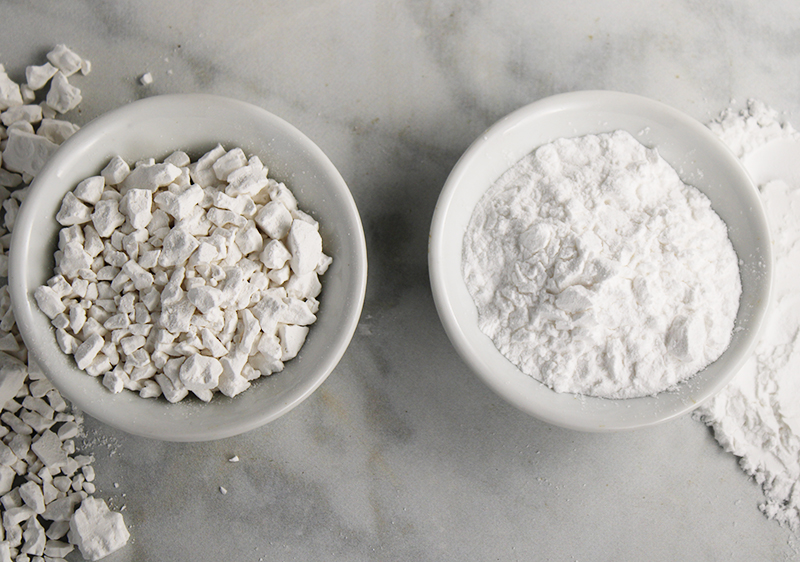
Is Kudzu Arrowroot?
Yes and no. "Arrowroot" is a generic term for a type of starch flour, similar to corn starch, that comes from the rhizome of several different plant species. One of which is Pueraria lobata or kudzu as well as other kudzu plants in the genus Pueraria. The exact source of kudzu often depends on where you live in the world.
Although kudzu root can be used to make what is usually called "kudzu root starch", the most common arrowroot sold online is sourced from one of two non-kudzu related species, Maranta arundinacea and Manihot esculenta.
Maranta arundinacea is often regarded as "real arrowroot" whereas Manihot esculenta is basically cassava root or tapioca. Both, however, are sold under the label "arrowroot".
All arrowroot, including kudzu arrowroot, have similar properties that mix well into heated liquids and act as thickening agents for things like sauces, gravies and desserts.

Kudzu Root Benefits for Reducing Alcohol Cravings
What is kudzu root good for? Want to drink less or no alcohol? Kudzu as an herbal supplement might be a good option to consider or experiment with.
Daily alcohol consumption has increased substantially in the past two years due to global events like the 2020 pandemic and the life-altering stress factors that came along with it.
In the U.S., the rise in alcoholic beverage sales has notably increased since this time. As a result, higher alcohol consumption and addictive tendencies among the general population is a common problem.
In one 2022 study analyzing alcohol use during this time, it was identified that the proportion of individuals engaging in heavy episode drinking (HED) has increased.
How Does Kudzu Root Work to Reduce Alcohol Intake?
The answer is in its ISOFLAVONOID content, many of which act as phytoestrogens. This includes primarily PUERARIN (*), but also daidzein, diadzin and smaller amounts of others such as tectorigenin and mirificin.
It is speculated that these kudzu root isoflavones influence the same neurotransmitters that alcohol consumption does. In effect, this can support the reduced intake of alcohol according to some research, especially when kudzu supplement is taken about 2 1/2 hours before drinking.
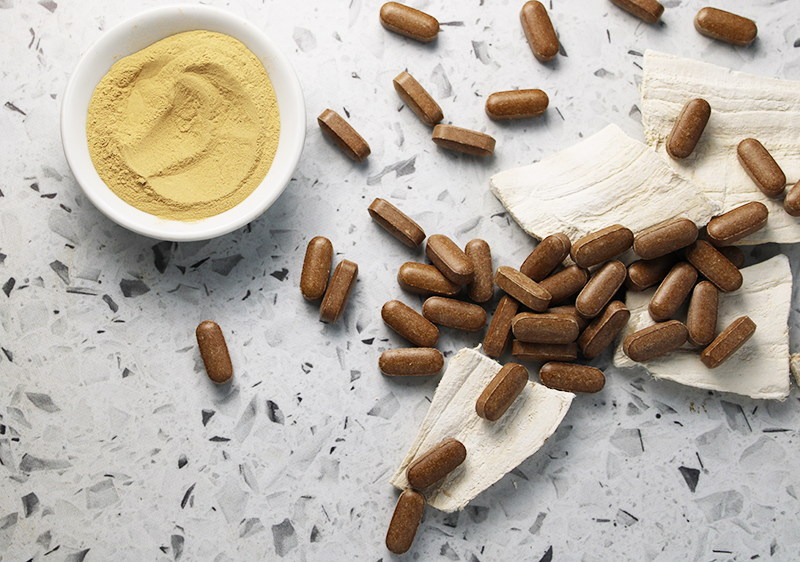
How to Take Kudzu for Alcoholism?
Suggested doses for kudzu root can vary according to the manufacturer and is usually indicated on product label guidelines.
The exact dosage for curbing alcohol use may vary considerably from person to person, depending on several factors. Generally, however, it is the standardized dose amount identified in some studies was using a single 2 gram dose that includes at least 520 mg or 25-30% isoflavone content.
If you are serious about using it to help reduce alcoholic tendencies, we would recommend the herbal extracts in addition to straight powders. Many herbalists, including ourselves, believe a full well-rounded spectrum of botanical constituents is often most effective.
Some herbal kudzu supplements also include other herbs that support liver health, an organ often affected by alcohol consumption.
The Difference Between Kudzu Arrowroot and Kudzu Supplement
The kudzu arrowroot or root starch that we purchased was in white cornstarch-like chunks rather than a fine powder. The roots have been repeatedly washed and filtered to condense the starch element and will dissolve and thicken when heated.
Kudzu extract supplements, however, are prepared to concentrate the bioactive ISOFLAVONES, which are viewed as the most beneficial for phytotherapeutic purposes.
Supplements are available as extracts in liquid, powder, capsules or tablet form. The extraction process produces a brown-colored powder or tablet. Some brand manufacturers provide either a standardized extract (with a percentage of isoflavones) or offer ratio proportions used.
Kudzu is also available as a straight dried root or powder, both of which can be utilized to make a hot water kudzu infusion or kudzu root tea. Sometimes supplements are likewise made from the dried kudzu powder rather than from an extract.
Precautions:
Kudzu root contains phytoestrogens and may influence hormone-sensitive conditions or medications. It’s best to consult your healthcare provider before using it if you are pregnant, nursing, taking any medications or have a serious health condition.
Shop Related Products (About Affiliates & Amazon Associate Paid Links)
Affiliate Disclaimer: This section contains affiliate product links. If you make a purchase through our recommended links, we receive a small commission at no additional cost to you. Thanks for the support.



